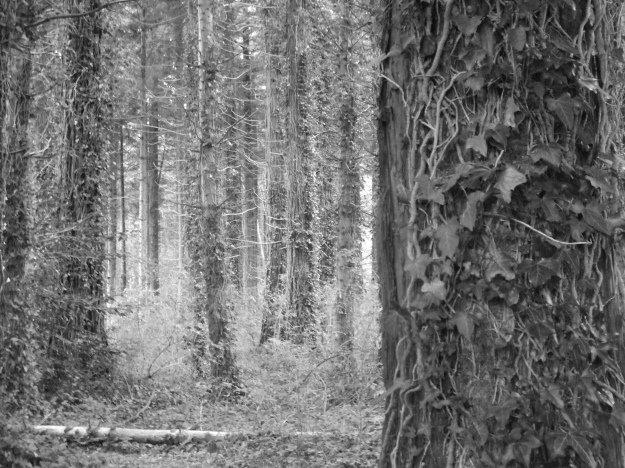Monthly Archives: January 2013
Living Inquiry – Getting to know the world in terms of itself
A living inquiry of getting to know something in the world is a path of inquiry in which the phenomenon I want to get to know becomes an active participant. I have respect for the dynamism of the encounter and hold an open, honest intention of getting to know it in terms of itself – not out of what I think that I already know. Judgment, solidity and certainty are released to allow the world to speak through it’s own language of being. A living inquiry can also be considered as an open ended conversation, this type of open dialogue naturally arises when we sense the depth of the world, and of our inquiry simultaneously. To do this I engage, as if in a conversation, with the part of the world that I feel drawn to turn towards, observing it’s parts, qualities and particularities. By engaging in multiple occasions of directly participating with, and experiencing the phenomenon; and through exploring it’s living context and comparing the parts to the whole, I can bring the encounter into being without becoming attached to the questions themselves. In his most recent work “Taking Appearance Seriously”, the philosopher of science and phenomenological scholar Henri Bortoft aims to show how an inquiry becomes dynamic and alive when we begin to understand ‘knowing’ as ‘becoming’. He sees it as an evolutionary process that is as much an intrinsic and dynamic part of the world, as the world itself; rather than a fixed ‘knowledge’ that we statically project onto the world through our organising ‘ideas’ and ‘theories’.
Valuing the unknown plays a very important part in the process of ‘getting to know’ something through a living inquiry of knowing. It increases our ability to experience newness. Being able to not know, to hold something open for awhile is a prerequisite for innovation and change, or I will only ever ‘know’ what is already ‘known’. This way of knowing is accessible and relevant to all of our everyday life experiences, whether you are getting to know a plant, a person or an idea. Be sensitive to the livingness of life, and trusting that the inquiry can be a meaningful, lively dialogue, allows to get to know life in terms of itself, on it’s own terms.
Living Questions
Aside from the type of logic we use, as I mentioned in my last post, the dynamics of knowing also depend on the types of questions we ask, and of becoming aware of the implications and assumptions held within the context and content of a question e.g. “What causes the disease?”.
A question is actually just the tip of an iceberg, encompassing a much deeper worldview and way of being in the world, and is a part of something much larger than itself. According to the scientist and researcher Craig Holdrege, who studies biological life in context at the Nature Institute in New YorkState, questioning is in it’s nature a relational, dynamic act of inquiry. It is an expression of already having met something, of having related with something, as the expression of experience in questioning demonstrates both the knowing and unknowingness of something that has been touched, that we are then moved by enough to question. When I observe my own thinking process in this way, I can gain an insight into the dynamics of my knowing through the questions that I ask. If I choose for the questions to be open, and arising out of having been directly inspired by something in the world, they can form the seeds of a living inquiry.
A living inquiry of knowing the world is a path of inquiry in which the phenomenon I want to get to know becomes an active participant. I have respect for the dynamism of the encounter and hold an open, honest intention of getting to know it in terms of itself – not out of what I think that I already know. Judgment, solidity and certainty are released to allow the world to speak through it’s own language of being. A living inquiry can also be considered as an open ended conversation, this type of open dialogue naturally arises when we sense the depth of the world, and of our inquiry simultaneously. To do this I engage, as if in a conversation, with the part of the world that I feel drawn to turn towards, observing it’s parts, qualities and particularities. By engaging in multiple occasions of directly participating with, and experiencing the phenomenon; and through exploring it’s living context and comparing the parts to the whole, I can bring the encounter into being without becoming attached to the questions themselves. In his most recent work “Taking Appearance Seriously”, the sadly late, and very wonderful, philosopher of science and phenomenological scholar Henri Bortoft aims to show how an inquiry becomes dynamic and alive when we begin to understand ‘knowing’ as ‘becoming’. He sees it as an evolutionary process that is as much an intrinsic and dynamic part of the world, as the world itself; rather than a fixed ‘knowledge’ that we statically project onto the world through our organising ‘ideas’ and ‘theories’.



